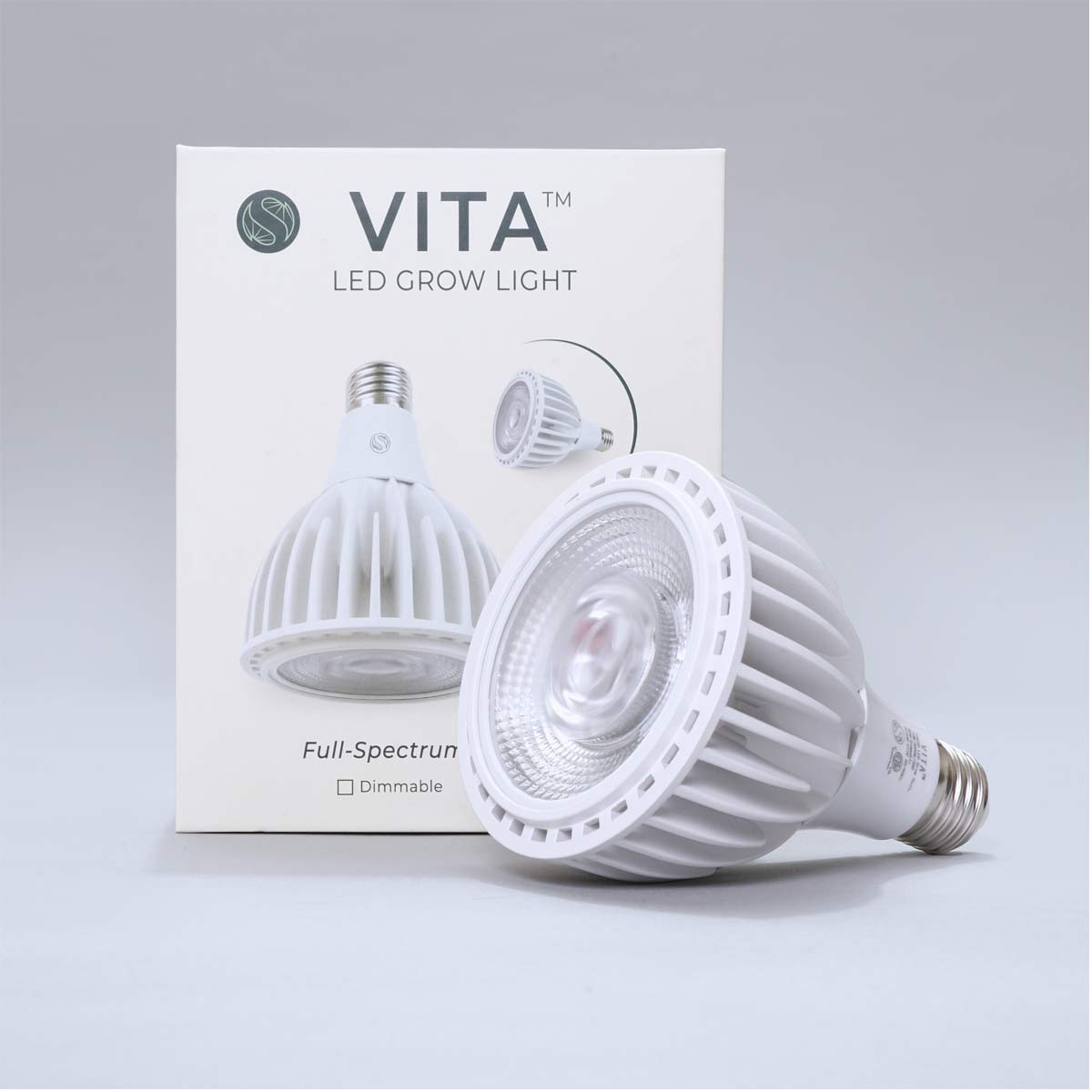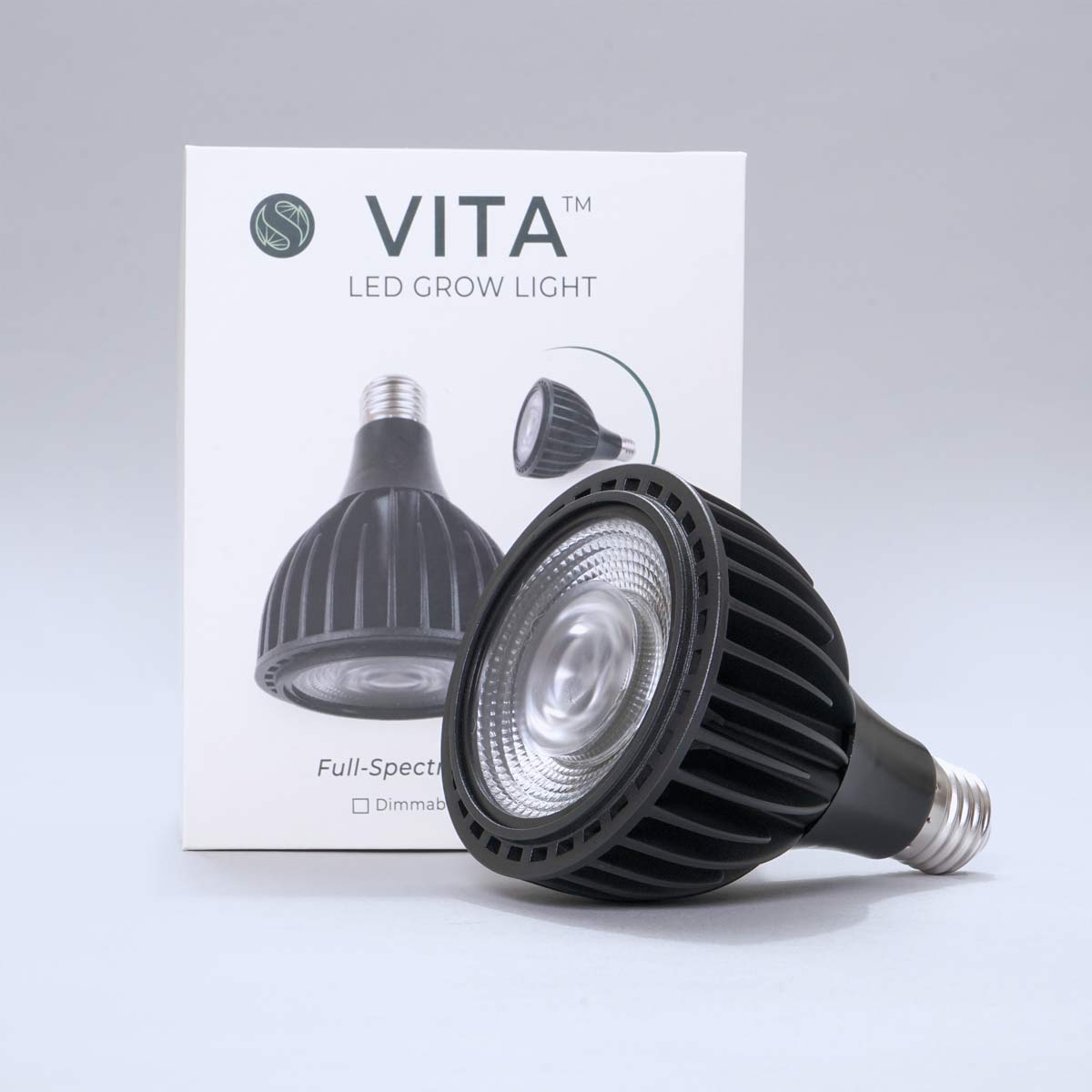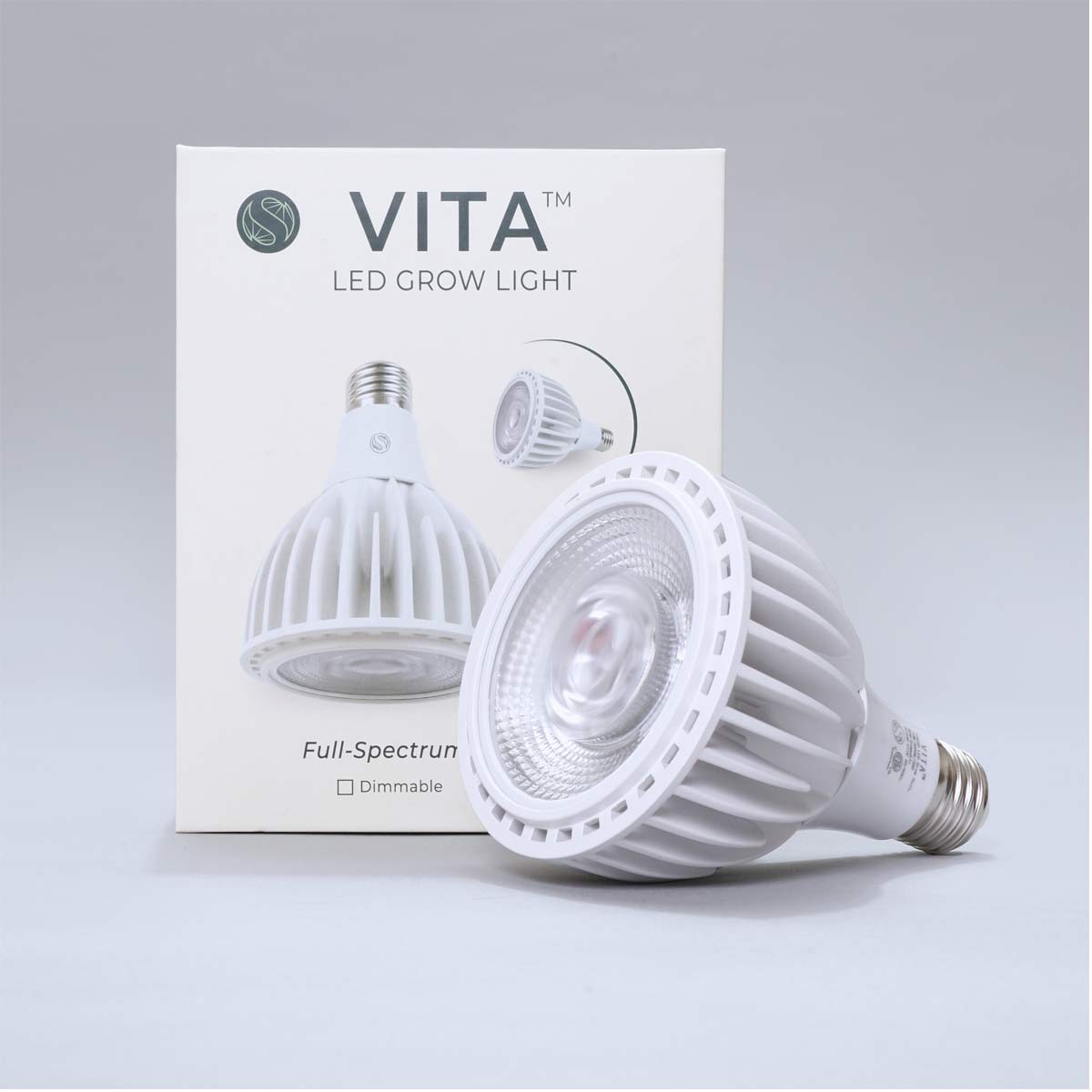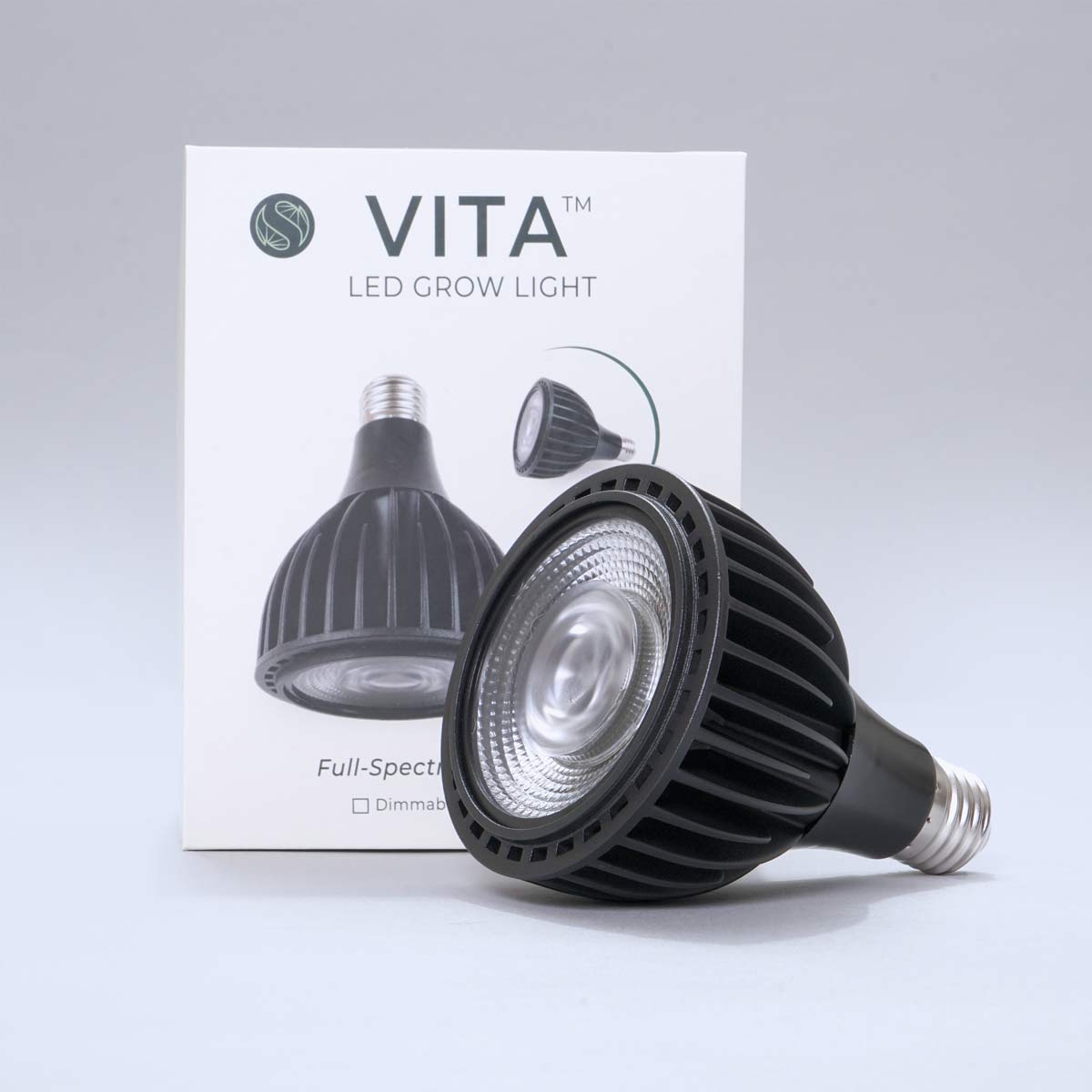The Alocasia Dragon Tooth is an especially gorgeous plant with deeply veined, prominent glossy leaves with a pop of purple on the back side of the leaves. The Dragon Tooth is also known as the African Mask plant. This particular Alocasia is native to tropical and subtropical regions of Asia and Eastern Australia. This houseplant makes for an unforgettable gift, if going to someone who loves plants!
Light
The proper amount of light is critical for the Alocasia Dragon Tooth to thrive. They require bright, indirect sunlight for about six hours a day. They can handle lower light but you will notice that will not do much. For it to be very happy and thrive, make sure to place it in a brighter light setting.
Water
The Alocasia Dragon Tooth has moderate water requirements. That means they do not want to dry out completely but they do not like to sit in standing water. Overwatering can cause this plant to decline. Water the Alocasia Dragon Scale when about 50-75% of the soil is dried out. If you are unsure if they are ready to be watered, err on the side of caution and refrain from watering.
Humidity & Temperature
The more humidity the better for all Alocasia. Because they are native to tropical and subtropical regions, they will thrive in high humidity. Use a humidifier or pebble tray with water to increase humidity.
Warmer temperatures are ideal for Alocasia. They prefer to stay between 60-80 degrees fahrenheit.
Soil
Any well-draining soil will be good for any Alocasia. We recommend Fox Farm Ocean Forest soil. However, Alocasia like to be slightly root bound so there is no need to rush to repot. Wait until the roots start to poke out of the bottom of the pot and then it is time to repot.
Fertilizer
Alocasia like to be fed about once every two weeks in the growing season. As for all plants, Alocasia need their beauty rest and do not need fertilizer during the fall/winter months.
FAQ
- Pet friendly?
No, Alocasia are toxic if ingested. Keep away from young children and pets.






